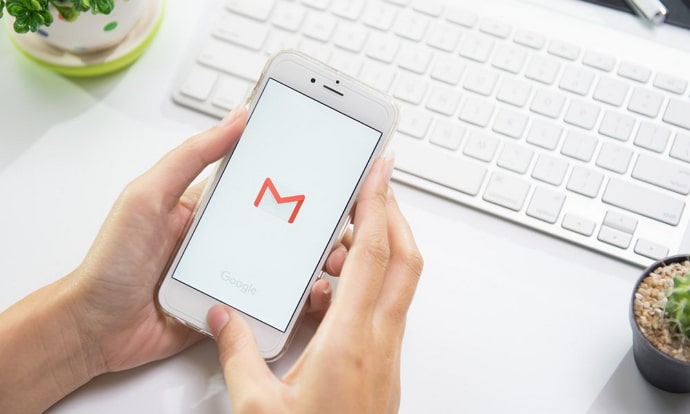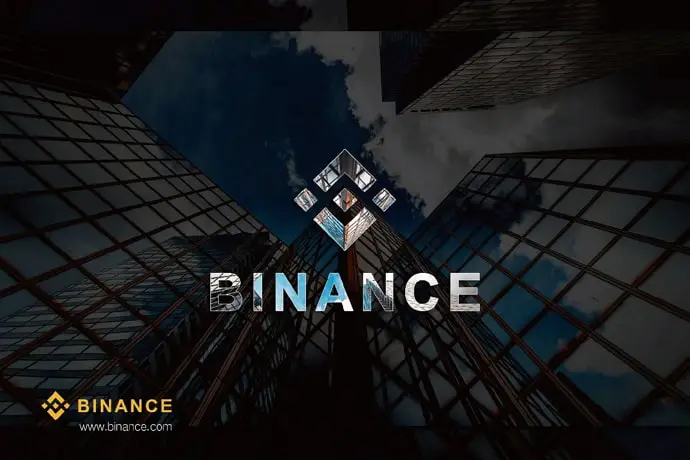Talking with people and getting to know them casually is one thing. But mastering the art of formal conversations is a completely different game on another level. As much as they might seem challenging to the unversed, formal conversations are essential in our professional lives. Knowing how to shape the sentences, which words to use and avoid, and how to reply to queries and suggestions are essential to represent yourself and your company on the professional front.

But sometimes, in your initial days of learning efficient formal communication, you might encounter practical situations that confuse you. You might receive an email or message whose formal reply you have yet to learn about.
One such email you might receive is an acknowledgment email. You send a query or complaint to a company, and the executive at the other end replies with something like, “I acknowledge the receipt of this mail.” How do you reply to such emails?
Well, the answer is much easier than you think. Read on to learn the answer to these questions and discover more tips on formal communication.
Do you need to reply?
Let’s try to understand the situation from the basics.
When you email a person, organization, or company, you often expect a reply from them. But what kind of reply do you expect? You might be thinking that the kind of reply depends on the kind of email you sent.
Well, you are right. The reply to an email depends on the previous email.
But sometimes, you might not expect a reply at all.
What if the mail you sent was itself a reply to an email you had received? For example, if someone sent you a “Thank You” message and you replied by sending “You’re welcome,” would you expect another reply? No, right? Of course, the recipient can reply with another thing that might come to mind. But it would not be expected.
That’s the point here. While most emails require a reply, many don’t. An appreciation mail requires gratitude mail. And a gratitude mail might require a welcome mail. But a welcome email need not be met with a reply.
In other words, some emails are best left unreplied.
How to Reply Formally to an Email Saying “I Acknowledge the Receipt of this Mail”
So, what’s an acknowledgment email? You sent someone an email regarding a query, suggestion, or anything else. And they reply by saying that they have received your email.
An acknowledgment email doesn’t do anything except confirm that your email reached its destination. And naturally, it’s not something you need to reply to.
But if you want to be very kind, you can also send a Thank You email to thank them for acknowledging your email. But that would be a bit unnecessary unless you also have some other thing to talk about.
We’ll now give you some templates to reply to an acknowledgment email if necessary.
Case 1: Gratitude mail
If you just want to thank the other party for acknowledging the receipt of your mail, you can reply with this template:
I express my gratitude to you for confirming the receipt of my previous mail dated [insert the date you sent the previous mail] on [insert the date of receipt of the acknowledgment email].
Or, if you want to use a simpler structure and a more straightforward email, you can use this:
I thank you for finding the time to reply to my previous email (dated [the date of your previous mail]) on [the date on which you received the acknowledgment email].
Case 2: Gratitude mail with additional content
If you have some other query or suggestion unrelated to what the acknowledgment email was about, you can use the following format:
I thank you for confirming the receipt of my previous mail dated [insert the date you sent the previous mail] on [insert the date of receipt of the acknowledgment email].
On a different note, I would also like to know about [briefly mention the topic of your query].
At the end of such an email, you can insert a short sentence like:
I am waiting for your reply.
OR
I await your reply.
OR
I hope to receive a reply soon.
You can add or modify the email according to your needs. The main goal in formal emails should be keeping the emails crisp and to the point. Any unnecessary information that is not directly related to the topic is never favored nor appreciated.
How to formally ask for acknowledgment for an email you send?
We hope you know how or whether to reply to an acknowledgment email. But what if you want to ask the person to confirm the receipt of your email? In other words, how can you formally request someone to acknowledge your email?
Only a single sentence toward the end of the email would suffice. Before signing off, just mention that you want the person to acknowledge your email. The sentence may look like this:
I would be grateful if you would take some time to confirm that you have received this email.
OR
Please reply with a confirmation of the receipt of this email so I know that you have read it.
OR
Please take some time to reply with an acknowledgment once you receive this mail.
You can use any of the above emails to ask for an acknowledgment. While the first one is a longer version, the second and third ones are shorter and hence simpler. Nevertheless, all of them are essentially the same.
In the end
We hope you are now more informed and aware of formal replies and acknowledgment emails. While most emails require a reply, acknowledgment emails don’t necessarily need to be replied to.
But if you still want to reply to an acknowledgment email, you can take help from the templates mentioned above.
But you don’t need to be formal to comment below! Tell us what you liked in this blog and what you didn’t. Keep coming to our blog to read about similar topics.
Also Read:





 Bitcoin
Bitcoin  Ethereum
Ethereum  Tether
Tether  XRP
XRP  Solana
Solana  USDC
USDC  Dogecoin
Dogecoin  TRON
TRON  Cardano
Cardano